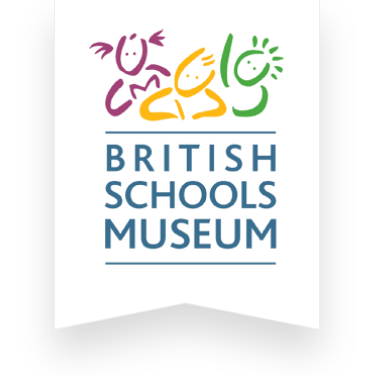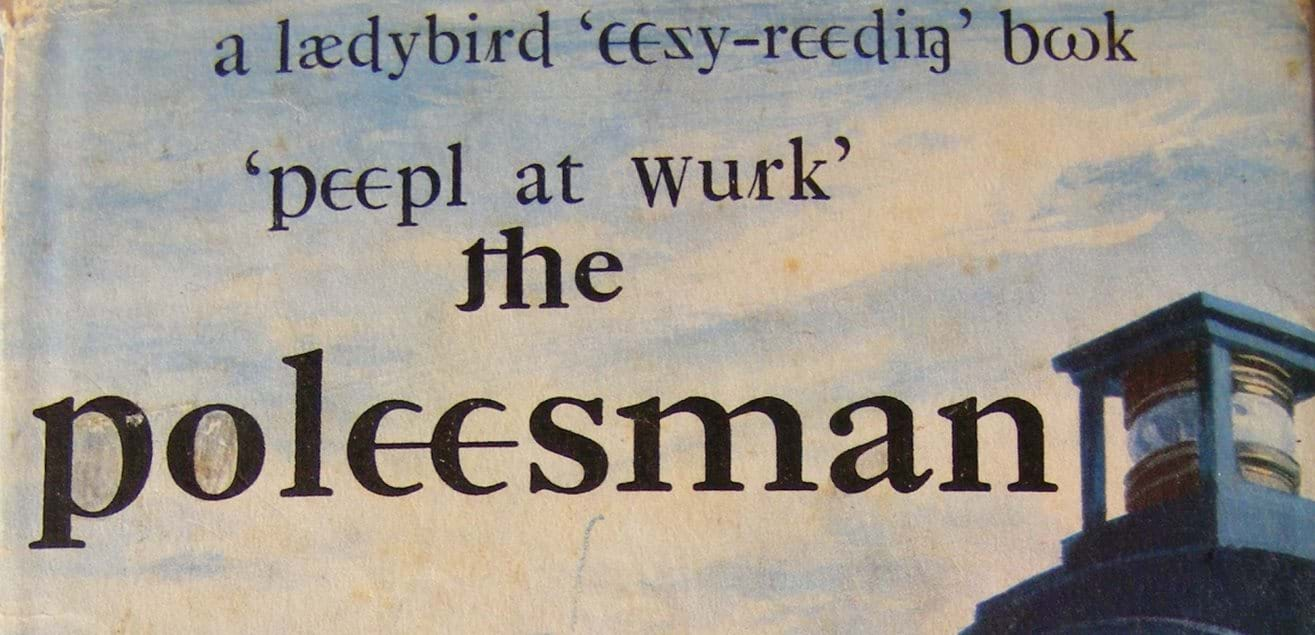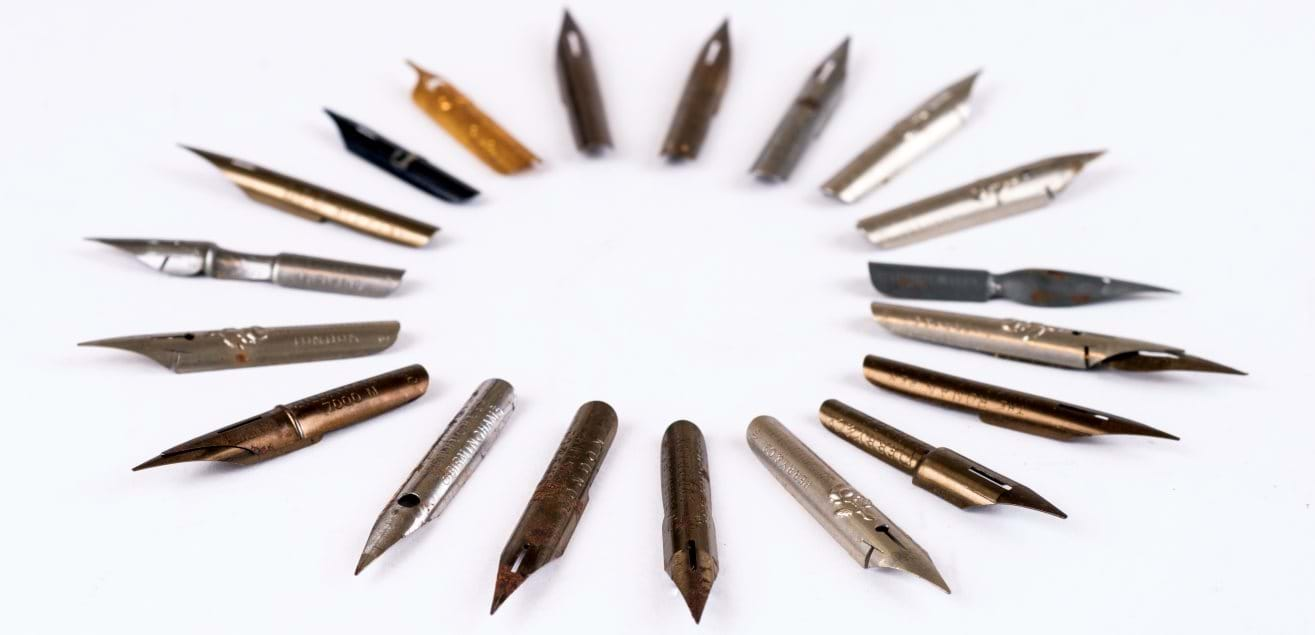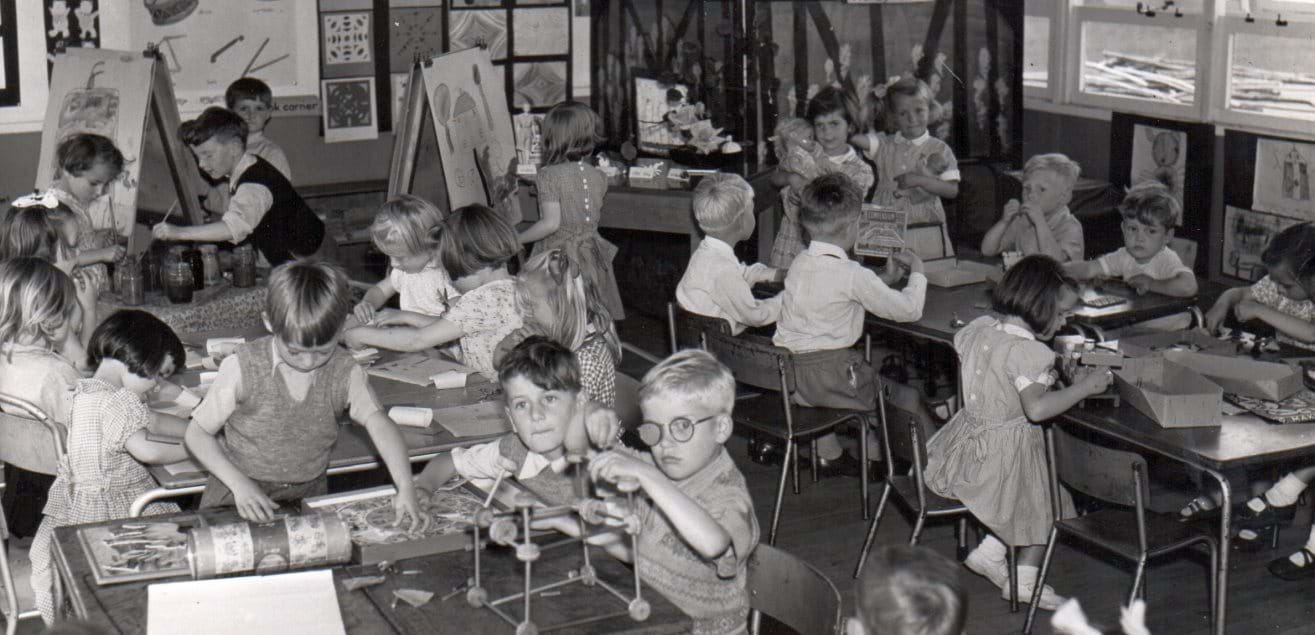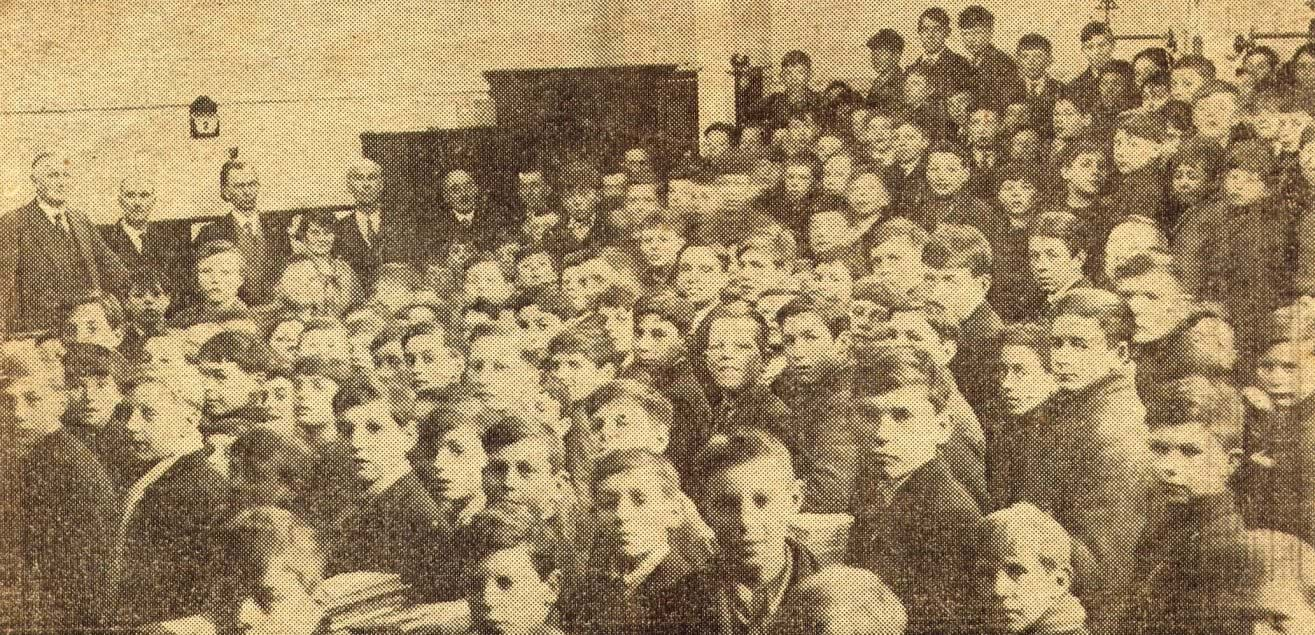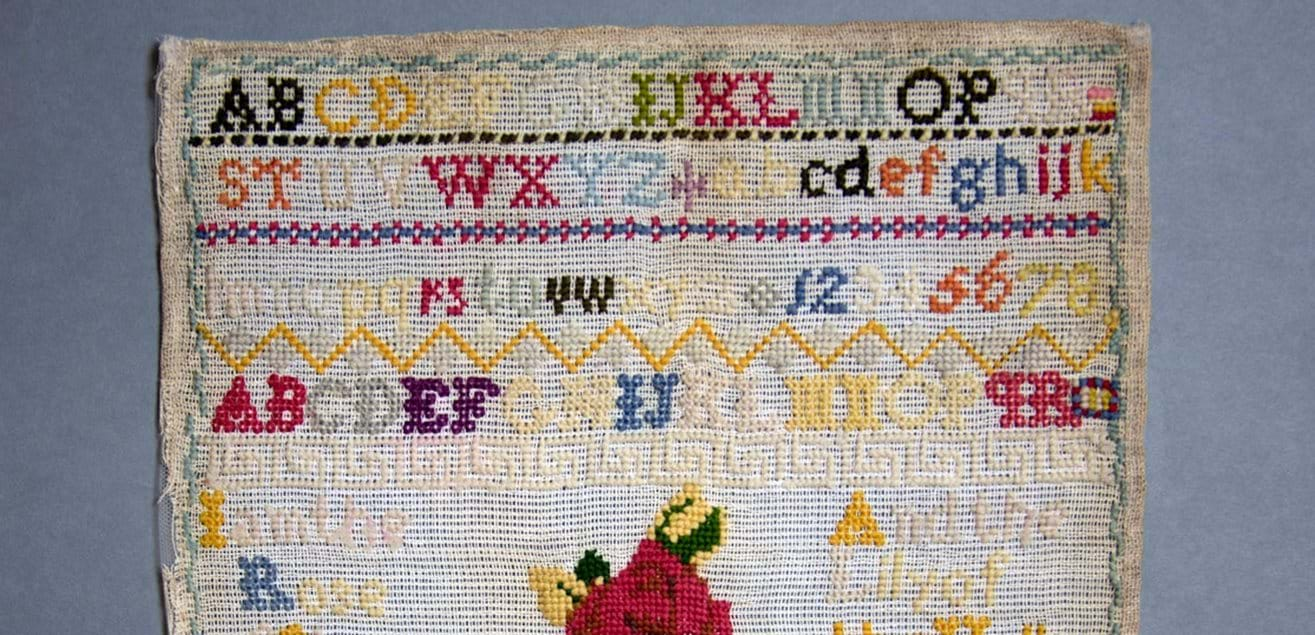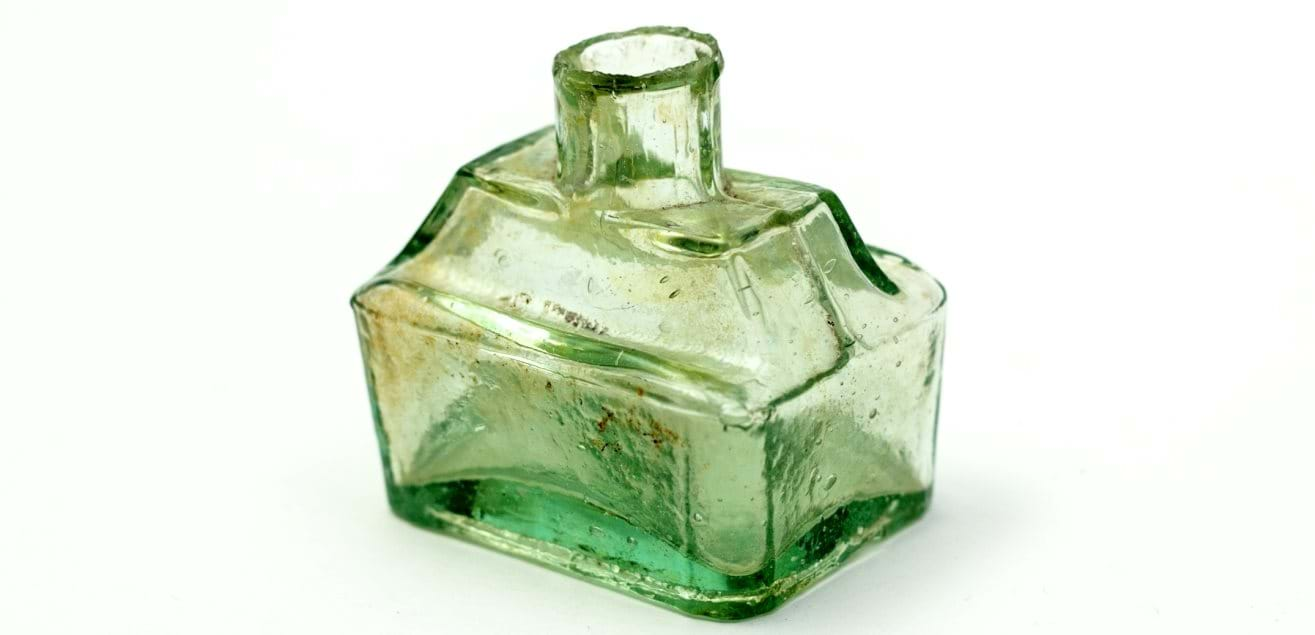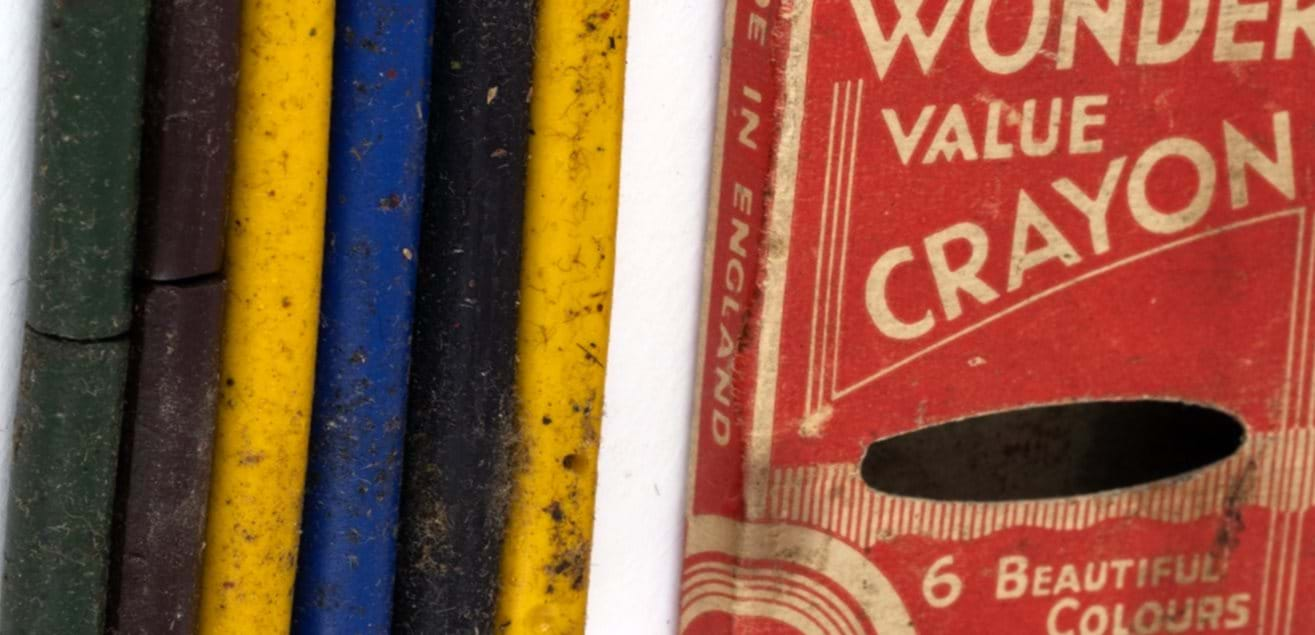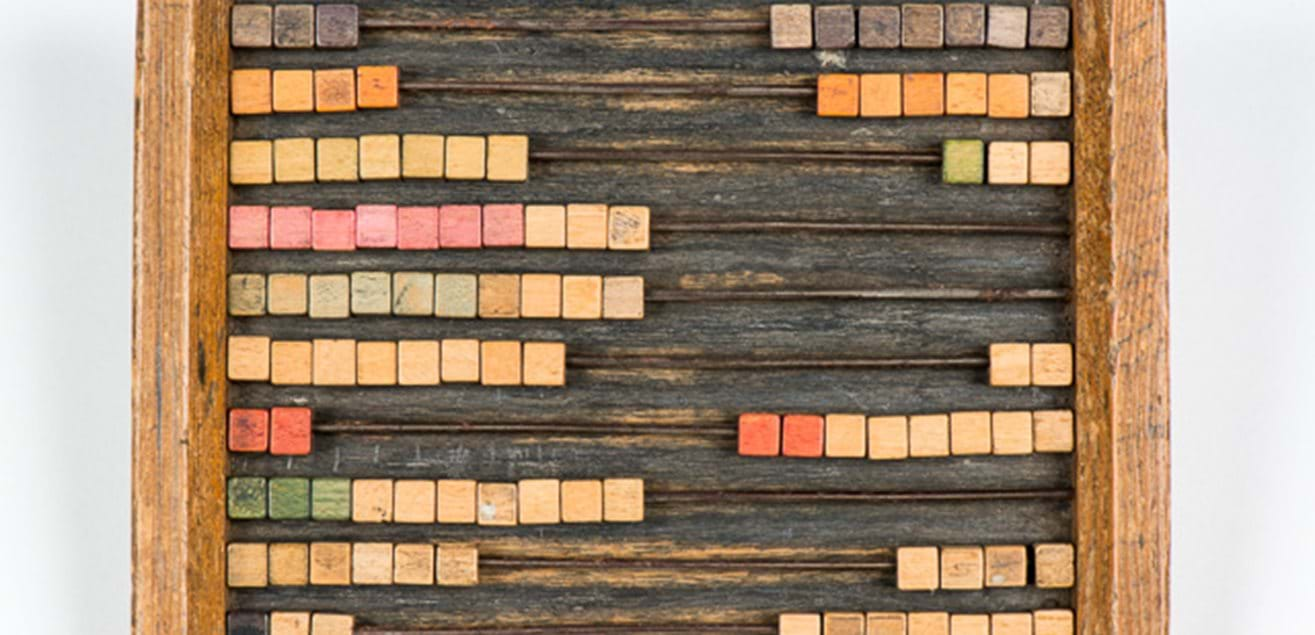The subjects learnt in what is now called primary school are universal: the 3 R's, reading writing and arithmetic.
After learning the alphabet, the boys and girls would then go on to recognise small words of two letters, then three letters, then words with two syllables. At the Hitchin monitorial school of the early 1800s, children would have stood round semi-circles, reading from boards hung on the wall.
The Victorians recognised we all love stories. Pupils would then be given 'readers', books with short stories, fables and poems, which were usually illustrated.
Of course writing was an important skill to learn, but good penmanship was vital. Copperplate script was the prefered Victorian style, although young children at the Hitchin British Schools started with sand trays and then progressed to slate boards before using pen and ink in copybooks.
Mental arithmetic was important in pre-calculator times. Young children used the abacus to learn how to add and subtract, while older children learnt from textbooks and were expected to know their times tables off by heart.
Other subjects included dictation, poetry, geography, scripture, needlework, domestic economy, object lessons and drill (physical education provided in military fashion).
The museum has items concerning all these subjects, as well as the pens, slate boards and slate pencils, and copybooks used by pupils in a variety of schools from the Victorian period onwards.
